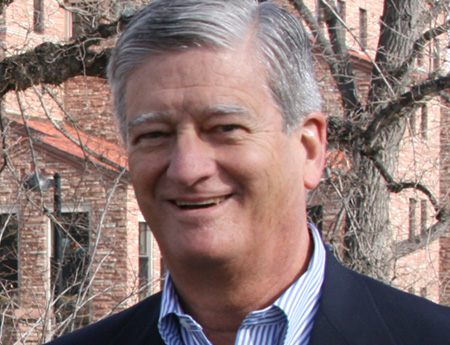FCC’s Bid for Posterity

RELATED: FCC Scrutinizing Super Groups
Broadcasters of both varieties—the ones looking to sell their spectrum and those who want to preserve their signals—have reason to be upbeat about recent turns of events at the IAC (incentive auction central), otherwise known as the FCC.
National Association of Broadcasters auction point man Rick Kaplan last week saluted FCC chairman Tom Wheeler for stepping up, “taking a breath” and deciding to push the incentive auction timetable back from 2014 to mid-2015. The NAB has long argued that slower and steadier would be the auction’s winning pace.
Wheeler’s chairmanship will likely be defined by the success or failure of that auction and the subsequent station repacking. And the chairman as much as said he wanted to ensure that the controlling software and hardware needed to run that Rubik’s cube-like auction did not suffer a “healthcare.gov” moment.
That was seconded at a Senate incentive auction oversight subcommittee hearing last week, where Gary Epstein, who heads up the FCC’s incentive auction task force, conceded that was part of the reason for the delay. Epstein then promised the senators that the auction operating system and software will work “from the moment the first bid is placed until the final broadcast station is repacked.”
It was a bold, billboard statement, and Wheeler’s legacy may ultimately ride on the accuracy of that prediction.
Epstein said the FCC is still leaning toward some option of a variable band plan for fitting stations and wireless carriers into the same spectrum after the auction, something both parties have issues with. But he also said the FCC is mindful of the co-channel interference issues associated with the plan.
The smarter way to stay on top of broadcasting and cable industry. Sign up below
The lead line out of that hearing last week for broadcasters looking to potentially sell spectrum was Epstein’s promise that the FCC would start out with a very high valuation for broadcast spectrum.
Preston Padden, executive director of the Expanding Opportunities for Broadcasters Coalition, which is lobbying on behalf of 70- plus stations looking to sell at the right price, was seeking a price range from the FCC, as well as more information on when stations would have to stop broadcasting. But Padden was pleased with Epstein’s pledge.
“The FCC delivered exactly the right message for broadcasters—very high prices based on wireless spectrum values, not lower TV station values,” Padden told B&C. “Since the FCC will be buying spectrum in only a limited number of markets, but getting auction revenue from every market, they easily can afford to meet broadcaster price expectations and still close the auction and fulfill their other funding obligations.”
Padden said the FCC so far has not attracted enough broadcasters to free up the spectrum it needs, and that the main sticking point is money. Essentially, broadcasters want to know whether it will be worth their while to participate. Build the auction right, Padden suggested, and they will come. But lacking that info, stations won’t participate. And all the other issues, like how you divide up the proceeds, will be moot.
Contributing editor John Eggerton has been an editor and/or writer on media regulation, legislation and policy for over four decades, including covering the FCC, FTC, Congress, the major media trade associations, and the federal courts. In addition to Multichannel News and Broadcasting + Cable, his work has appeared in Radio World, TV Technology, TV Fax, This Week in Consumer Electronics, Variety and the Encyclopedia Britannica.

